Progressive Web Apps
A blog on Progressive Web apps This blog, more than it is about Progressive web Apps, is about how future could look in the face of advanced API’s and the whole mechanism behind making a website.
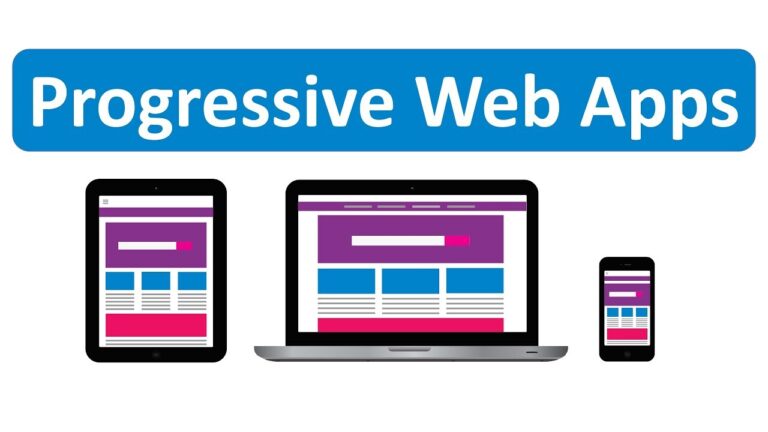
Progressive Web Apps
A blog on Progressive Web apps. This blog, more than it is about Progressive Web Apps, is about how the future could look in the face of advanced APIs and the whole mechanism behind making a website. According to Progressive Web App developer Henrik Joreteg, they are “the biggest thing to happen to the mobile web since the iPhone.”
What is a Progressive Web App?
A progressive web app is a web-app or native-app like facility without having to go through the downloading and installing that is necessary for native apps. The best example would be ‘Flipkart Lite’.
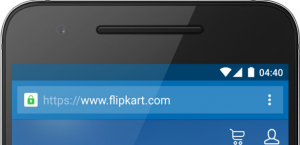
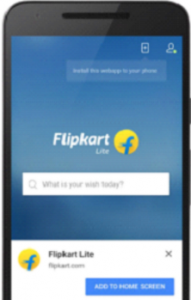
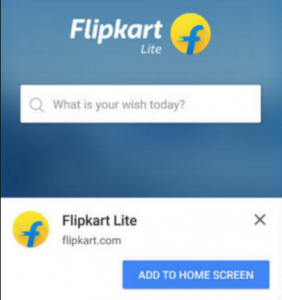
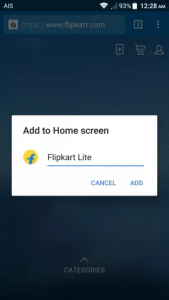
Basically, Progressive Web apps are a hybrid of regular web pages and mobile applications leveraging the best benefit out of both. In other words, it is a technology driven to radically improve the user’s experience. Improve How? By being Reliable, Fast, and Engaging. Progressive Web App developers are expected to build apps that are:
- Reliable, also under uncertain network, and above all loads instantly.
- Fast, responding quickly and giving the user a fluid experience.
- Engaging, giving the user ample information before asking back the same when appropriate and worth the value.
Key Features of Progressive Web Apps
In developer’s world, it is common knowledge that a well-designed app is much faster than the website and consumes much lesser data. Progressive Web Apps could be thought of as just an enhancement of such native apps. Several features that differentiate the two are Discoverability (search engines), Linkability (to and from other sites), Bookmarability (across all browsers that provide Progressive Web App services), Automatic Updatability (because of its reach to web). Other guidelines or baselines that qualify a web app to be called a progressive web app are:
- Responsiveness – The idea is that a progressive web app should be flawlessly responsive giving the user the utmost unhindered experience.
- Connectivity Independent – A user is able to use all or at least some functions of the Progressive Web App while offline.
- App-like interaction – Native Apps are designed to provide the user with an interactive experience, engaging them as consistently as possible. Progressive Web Apps are able to give the same app-like experience to the user.
- Fresh (service worker update) – Progressive Web Apps get updated behind the scenes without asking for the user’s permission or having them go through the process of manually opting for update.
- Discoverable – A native web app is to be found on the app store before downloading it and installing it on the device. Progressive Apps aren’t just packaged and developed through stores.
- Re-engageable – Push notifications are used by Progressive Web Apps today to get the user to re-engage with the web app.
- Installable – The user does not have to go through downloading and installing stages. They can access the web app by browsing into the URL.
- Linkable – Progressive Web Apps are also linkable, giving them enhanced accessibility through and by links from other URLs.
Business Impact of Progressive Web Apps
In general, a Progressive Web App must work on any given device and enhance progressively, taking advantage of any features available on the device. Progressive apps live within a website to begin with. When the website is accessed as a regular tab, the PWA shows up within the framework of the website and works in line with the experience generated by the website overall. PWAs are built using Progressive App features including TLS, Service Workers, Manifests, and Responsive designs. When the user engages with the website and its PWA for the second time, it promptly asks the user if they want to ‘add it to their home screen’. Once the user accepts, the app shortcut appears on the device’s home screen. When launched from the home screen, the Progressive Web App behaves and appears just like a native app, including all its intended features. The user can receive push notifications depending on the functionality of the PWA, and the PWA can work offline while operating as quickly as an app would. PWAs can also use features of the device given access.
What it means for businesses
- As consumers spend a lot more time on their mobile devices, marketing campaigns are complying accordingly. Mobile ad spend continues to lag mobile time spent, providing an opportunity for creative marketers.
- Marketers ought to leverage various mobile tactics depending on the size and demographics of the audience they wish to reach and the kind of message they wish to send. Along with every tactic, marketers should respect the personal nature of the mobile device and focus on the potential for communication overload.
- Mobile messaging – particularly SMS and email – has the broadest reach and highest adoption among mobile users. Messaging apps, relative newcomers yet gaining fast in popularity, supply more innovative and engaging outreach options.
- Emerging technology, such as dynamic creative optimization, is breathing brand-new life into mobile browser-based ad campaigns, yet marketers should maintain an eye on consumer adoption of mobile ad blockers.
- In-app advertising can easily produce higher engagement rates, especially along with video. Location-based apps and beacons supply added data that can easily improve targeting capabilities.
All in all, Progressive Web Apps are there to give better user engagement, increase conversion, and increase traffic. Say hello to the future.